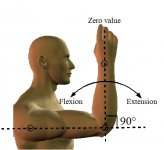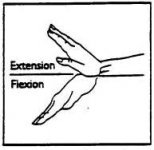my opinion is cte/pro1 is the best out there and is complete. The system is synced with the geometry of the table and this is the only system I know of that does this. When your experienced and understand the perception you can also hit any target on the table like a ghost ball system. Cte/pro1 also has very strong banking system built in and when combined with the syncing of geometry of the table you can come up with 6,7,8 even 9 shot options per shot by just running through the systems alignments.
Now Cte/pro1 may seem complex but once you understand, it makes the game easier. You may look at a shot and think is it a 20,25, degree cut or try and imagine a ghost ball or find the contact point. I look at it and say its a inside A shot and shoot (an inside A shot may cover from 15-40 degrees of shots, im just throwing out numbers as an example here and not being exact). I go from shot to shot like this, i see where the cb is going and i already know what my shot is before i start walking, but i an experienced and i can shoot quicker than most ghost ball users with cte/pro1

In reality it is the quickest way to learn how to just drop and shoot. They say you need to shoot hamb but cte/pro1 will cut that learning time way down. Dont keep yourself stuck in the 60,70,80,90's this is 2012.
I am not trying to sell anyone on this and I dont really care if anyone uses it or not... im just sharing.



